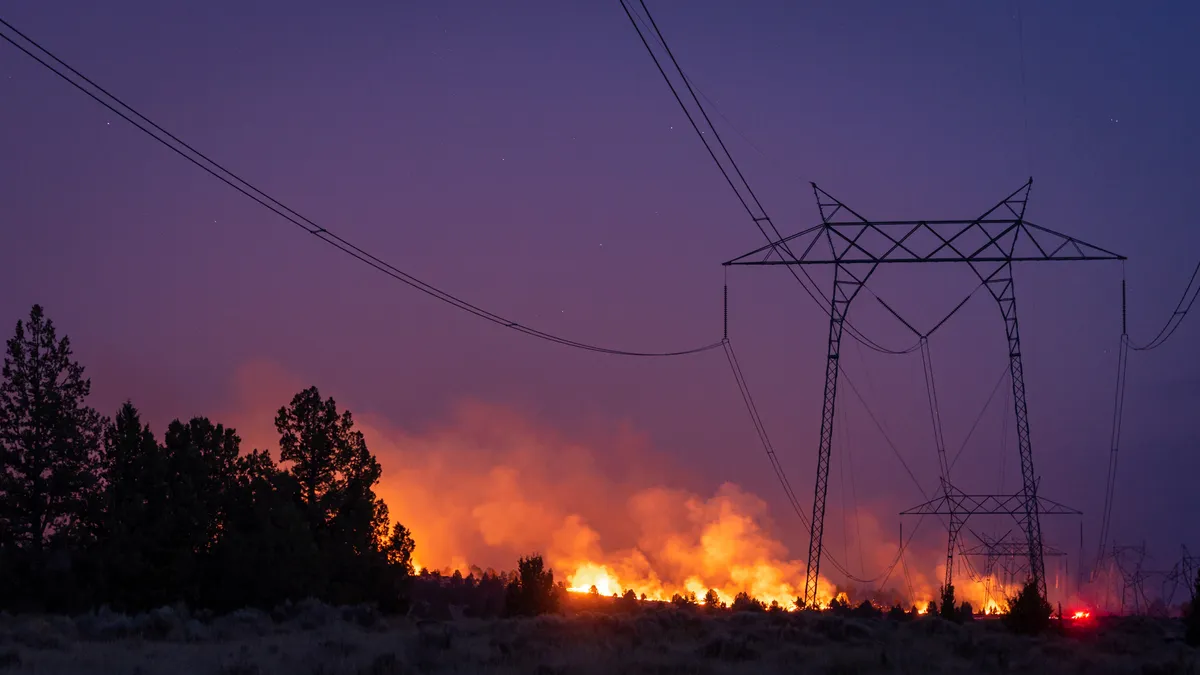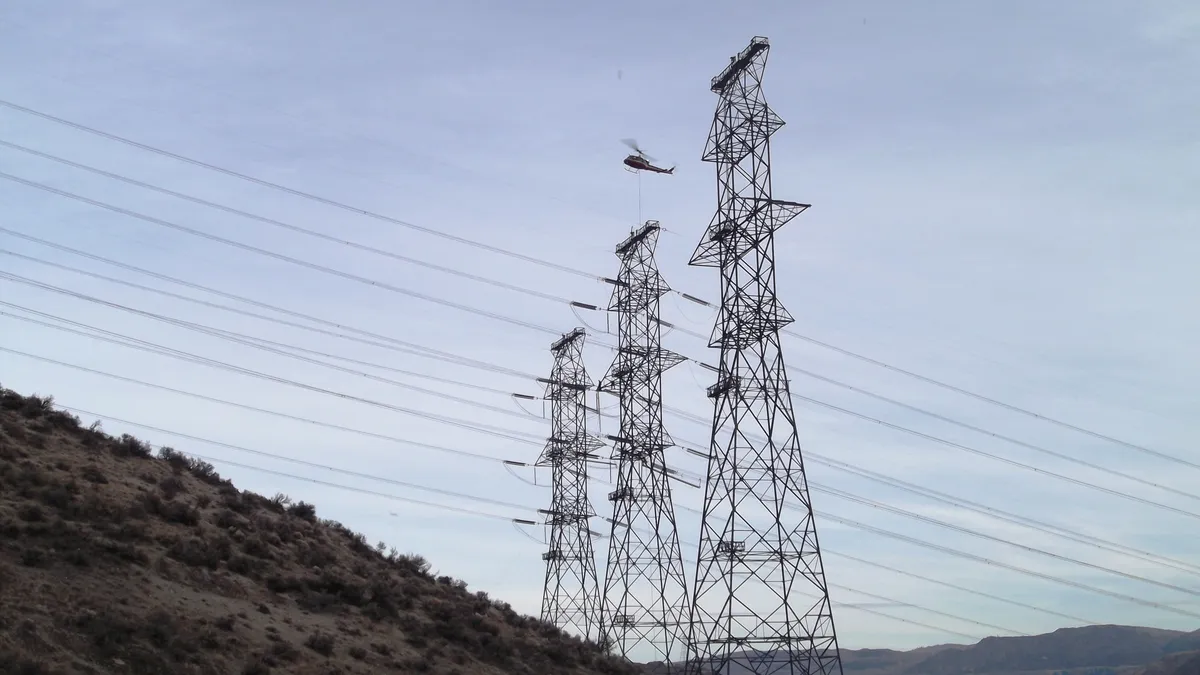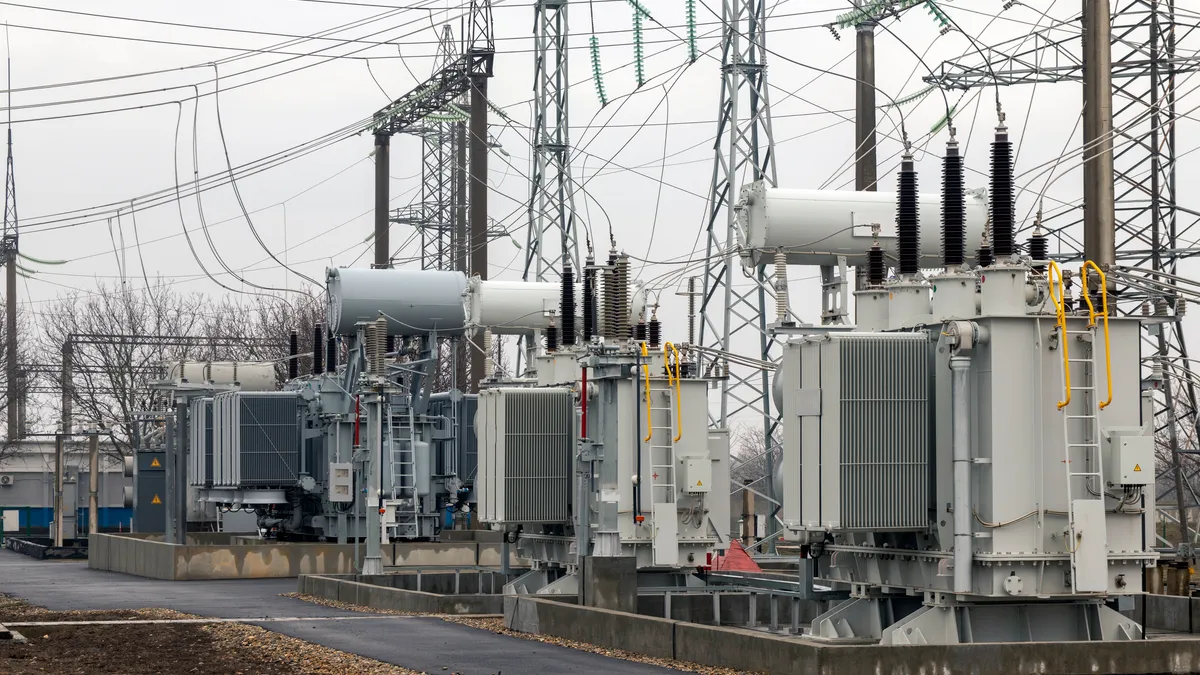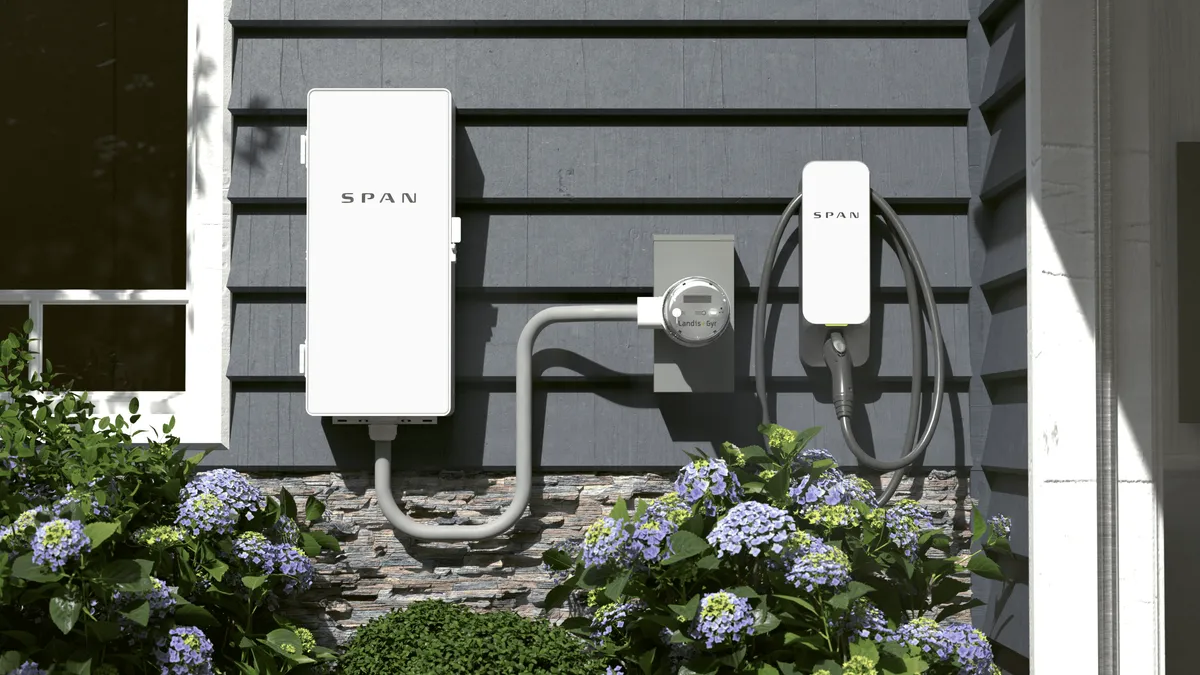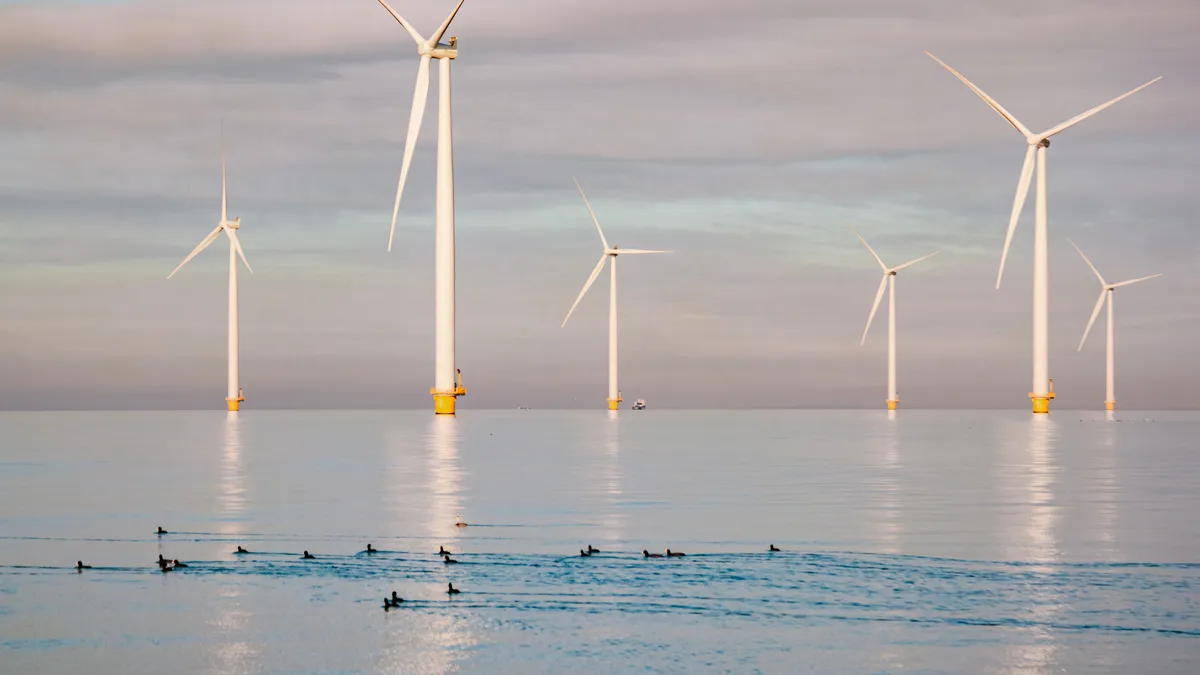You hope you never use it, but odds are good you're pretty satisfied with your car insurance. Same for your bank account — technology has made paying bills and transferring money relatively simple, resulting in happy customers.
But utility companies still lag in customer service, though a new survey from J.D. Power shows they are improving. On a 1,000-point scale, the customer research firm pegged overall utility satisfaction at 680 — up 12 points from last year, and the fourth consecutive year of improvement.
But in terms of overall satisfaction, utilities trail those other industries significantly and come in even behind the airline sector.
Auto insurance customer satisfaction was 811, retail banking scored 793, and airlines at 726.
"They're getting it. They've been enlightened, but they’re a little slower in the implementation. But they have come very far, compared to where they were," said John Hazen, senior director of the utility practice at J.D. Power. "But still, when you look at other industries, they are a little slower. Without the competition, that ability for customers to leave that other industries have, they just aren't as fast to improve."
Key to improving customer service is "a culture that puts customers and employees first," Hazen said, along with an attitude of "continuous improvement."
And the actual service delivered by utilities is improving. Customer-reported electric bills are at their lowest point in a decade, averaging $129 per month compared with $132 last year. And reliability is improving: the frequency of brief outages has been in decline since 2010, and more than 40% of customers reported "perfect power" last year (up from 37%) the year before.
"Utilities are getting better," Hazen said. "If you compare them to other industries, they still trail in overall satisfaction. But to me, the nice thing in recent years is the interest in customer satisfaction. And in the top performers, it’s starting to become ingrained, culturally."
"You have to change the mindset internally, that it isn’t just customer service's job to take care of customers. It’s everyone's," he said.
Utilities share customer service strategies
One reason utilities may be able to rapidly improve the customer experience is their willingness to share strategy and technique with other power providers. Because there is little competition between them, there is no leg-up lost.
Renee Castillo, senior director of customer experience services at Salt River Project, said she is on calls with other utilities about twice a week, around the country and in Canada. The utility was top-ranked among large western providers for its customer service this year by J.D. Power, and has held that spot for 15 consecutive years.
"I’ve been in this space for 27 years and we do share information," Castillo said. "We share information and I think that is what is wonderful about this industry. ... The power industry used to be at the bottom. We were the best of the worst. But as time has gone on, we're really gaining ground."
About 95% of time, utilities help each other," Hazen said. "There are a few with some competitive juices."
In addition to SRP, PPL Electric Utilities topped J.D. Power's rankings for large providers in the East; MidAmerican Energy in the Midwest; and Florida Power & Light in the South.
This year's survey is the first time FPL won the award. The utility said in a statement that its low rates are a big reason for its success. "It's no accident that FPL's typical 1,000-kWh residential customer bill is about 30 percent lower than the national average," said Eric Silagy, president and CEO of FPL. "We work hard to operate efficiently and make long-term cost-saving investments for our customers."
FPL and other utilities have also benefitted from commodity prices. Natural gas remained at historically low prices — below $3/mmBtu — throughout 2015 as it displaced coal as the most utilized electric generation resource. FPL itself sourced more than 70% of its electricity from the resource, and it is expected to make up over a third of the cumulative U.S. power mix this year.
Customer satisfaction tied to communication
As the utility industry fully embraces new ways of connecting with customers, it is able to share increasing amounts of information. Proactively keeping customers in the loop is tied to their satisfaction, even at times when service is down.
SRP sends out 1.5 million customer emails each month to its 1 million customers.
"Like many industries, we’re trying to give customers information before they can even call us," said Castillo. "If they’re experiencing an outage and we know about it, we serve up that information before they call us. We know they're the most satisfied with us, if we get them the details first."
The utility industry has moved past the era where customers called to report an outage, said Hazen. The expectation today is for the utility to make that call. "Even from an outage perspective, we have reams of data that shows, 'if I don’t get any info, my satisfaction is low. If I get outage info by calling the utility, it’s even lower,'" he said.
And proactive communications, through email, text or an app, can help utilities save money in their call centers.
"Utilities should chase customers with information," Hazen said. "The more you push information, the less folks have to call you."
The sector appears to be internalizing that message already. In a Utility Dive survey of more than 500 utility professionals at the beginning of the year, the majority indicated their companies would expand their use of proactive, engaging digital communications and put less emphasis on old methods, such as paper statements.
Informed, in control
But you have to go a step beyond just putting data in front of customers, Castillo said. Utilities must also educate, so customers know how to use the information.
"We’re having great conversations with out customers about how they use power. It’s not something you can grab or put your arms around, but everyone needs it," Castillo said. "So we’ve been working to help our customers understand it."
By working to educate customers about their bills, it means the utility can provide more information and deeper insights. "We’ve taken a lot of the big surprise out of that bill," she said.
Customer want not just information, but control over their energy use, including demand management programs, innovative rate plans and clean energy options.
"We have many self service channels," Castillo said, but the utility also makes sure its call center employees are "very well versed."
"We've seen a big jump in self-service interactions. We've put lot of functionality [online]," she said.
SRP was an early adopter of time-of-use plans, putting them into use in the 1980s. The utility is also the largest provider of pre-paid electricity, giving customers a real-time display and an easy way to start service.
"For college kids starting out, it’s a perfect program," Castillo said. The utility also allows customers to choose their due date.
"Energy is a pretty substantial part of monthly household expenditures. If your customers can have some control over how that money is spent, we know they are more satisfied."
Programs like those from SRP may soon be available from a larger group of utilities. Utility Dive's State of the Electric Utility survey revealed most respondents expected their companies to enhance consumer education of new offerings and energy conservation, both through in-person meetings and digital communications.









